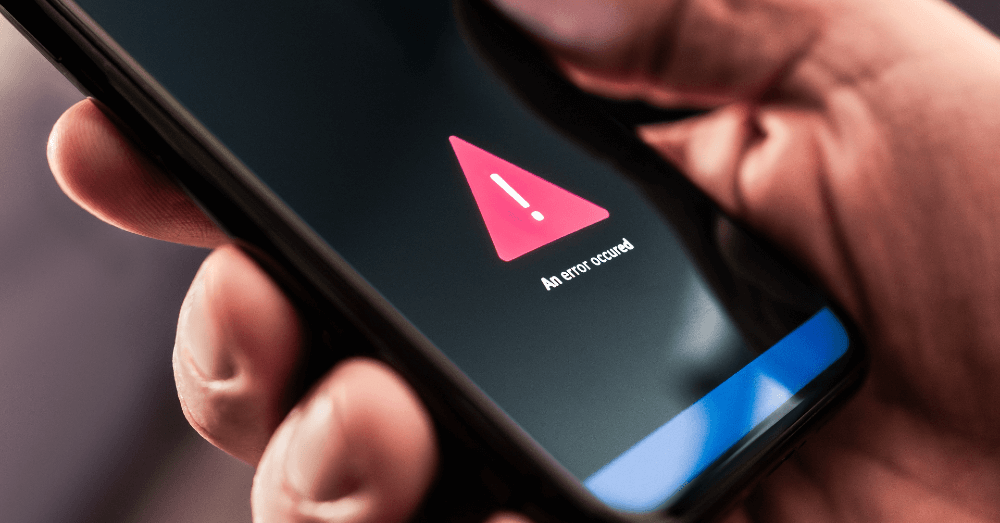Can you use some of your apps without being connected through data or wi-fi? Some offline apps allow you to have the functionality you need.
Technology continues to advance at a rapid pace, and users desire faster and more reliable applications to get things done. Part of the desired functionality is the ability to work offline. Whether it’s an app for entertainment purposes, a professional app that helps them get work done, or a personal app meant for deep thought, many users want the use of offline apps that don’t require a connection to function.
What is offline functionality?
Working offline refers to the ability of an app or website to work without an active internet connection. In some cases, this means the app has limited functionality and might not provide the same performance when offline as online, but that should be a thing of the past for most modern apps. Some functions require a connection to the server, but when most app functions work offline, users can enjoy the experience even while disconnected.
A good example of an app working offline is Spotify. If you download your music playlists to your mobile device, the app will continue to play the music in your lists even when disconnected from the servers. Once reconnected, you can play music that isn’t downloaded, but the local data of your playlists allows you to continue to enjoy the Spotify experience when disconnected.
What should the offline experience look like?
As a user, you expect your apps to function seamlessly, whether you’re connected online or working without a connection. Part of the offline functionality should be the ability to access necessary information even when not connected. This means information is stored locally, which shouldn’t be a problem in the modern world of large storage systems on most devices.
Benefits of Offline Features
- Improved user experience
- Increased app retention
- Enhanced app performance
- Seamless access to information
A recent study shows that 70% of users expect apps to work offline, which shows how important this functionality is for an exceptional user experience.
Do offline features make apps faster?
When an app is connected todecreases server load and minimizes the data usage a server, you might experience some load time delays, especially when large quantities of data are required to use the app. This makes offline apps somewhat more effective and enjoyable. Typically, offline usage can improve the user experience because the app performs much better because the app can reduce loading times by utilizing local data. This also , which translates to faster and more efficient performance, making your app experience much better.
These app load functions are extremely beneficial to users who don’t have reliable internet connections. This can generally be the case while traveling or in remote areas where data towers are sparse, and wi-fi signal isn’t widespread.
How do these features benefit the app developer?
Developing an app with features that can be utilized without a connection takes extra time and programming compared to straightforward online-only apps. The user experience is paramount to user retention, which means app developers must create these offline functions to ensure users will continue to use their apps, whether online or offline. Because offline features reduce loading times, server load, and data usage, the improved user experience ensures higher retention figures, which is the goal of developers. Users who spend more time on any app or website are more likely to buy products or take advantage of services offered by that company.
How do developers implement offline functionality?
Developers have to plan and map out the functionality of offline apps to provide the best possible user experience when disconnected from the servers. With this in mind, developers consider these strategies:
- Cache data: this is storing frequently accessed data locally on the user’s device
- Sync functionality: a sync feature updates the local data with the server when the user regains internet connectivity
- Offline mode interface: clear indication that informs the user they are working offline and provides usage of the offline app features
- Offline access controls: allows the user to control features and data available while offline to optimize their experience
These strategies help ensure users understand that although the app may have limited functionality while offline, it can still be useful and functional to them. Most users understand this limitation and learn to make use of offline apps while on the go, making it much easier to be mobile and still functional at the same time.


